Instruction
6 reasons why golfers struggle with back pain: Part 1
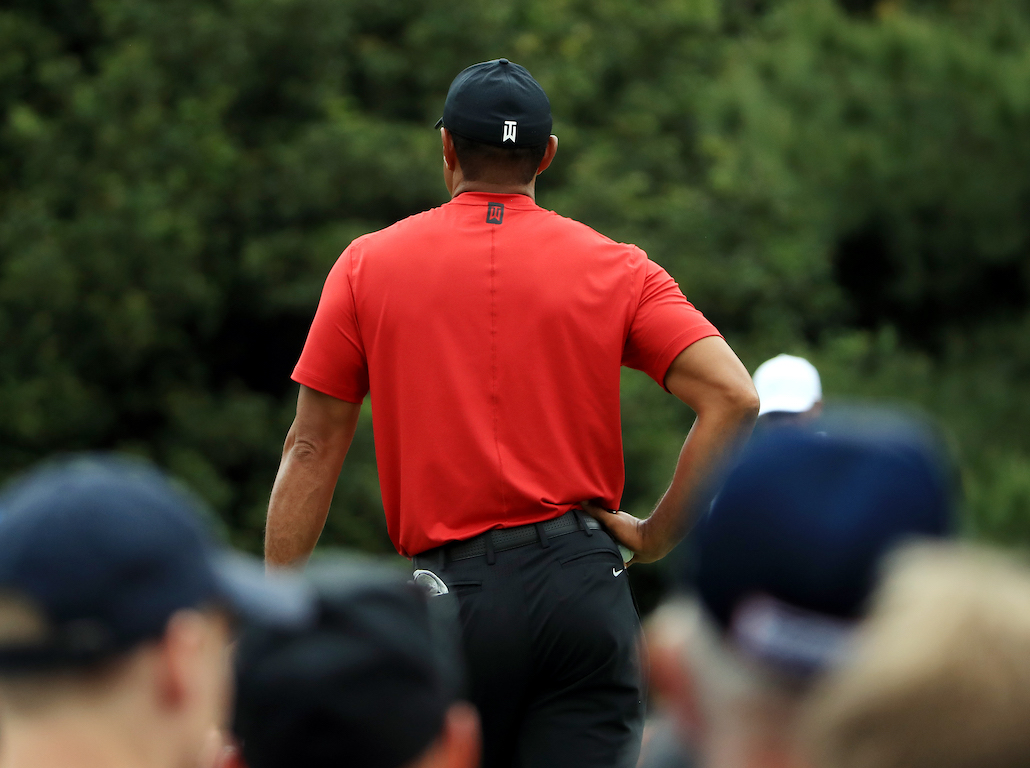
This article is co-written with Marnus Marais. Since 2011, Marnus has worked with some of the world’s best players on both the PGA Tour and European Tour, helping them to maintain optimal health and peak physical performance. His current stable of players includes Dustin Johnson, Patrick Cantlay, and Louis Oosthuizen, amongst others.
You find more information on Marnus and his work at marnusmarais.com
Back pain is by far the most common complaint among regular golfers. It is estimated that up to 35 percent of amateur golfers endure lower back injuries. And in our experience working with tour players, the prevalence is even higher in the professional ranks!
Back pain can affect our ball striking and short game, diminish our enjoyment of the game, or even stop us playing altogether. It can make us feel anxious about playing (and making the pain worse) and just generally disappointed with current performance falling way short of our expectations.
There is certainly no shortage of information on the topic of back pain, and with myriad back pain products and supplement options available, confusion about the best path to pain-free golf is one of the main reasons we don’t actually do anything effective to alleviate our suffering!
We aim to present in this article an easy-to-digest explanation of the common causes of back pain, alongside some simple and practical ways to address the underlying issues.
The recommendations we make in this article are generic in nature but effective in many of the low back pain cases we have worked with. However, pain can be complex and very specific to the individual. You should seek the personalized advice of a medical or exercise professional before undertaking any form of remedial exercise.
Reason 1 – Lack of mobility in 2 key areas
Certain areas in the body need to be more stable, and others need to be more mobile. The lumbar spine falls into the stable category, partly due to its limited capacity for rotation and lateral flexion (side bending). We know the unnatural golf swing movement imparts both rotational and side bending forces on the spine, so it’s an area we need to keep stable and protected.
In order to avoid excessive low back rotation in life and especially in the golf swing, it’s very important that we try to maximize the range of movement in other areas, most notably the joints above and below the low back, where the majority of rotation in the golf swing should take place:
Area 1 – Hips
We need sufficient range of movement to turn into, and out of, both hips. For example, if we can’t turn and load into our lead hip due to a lack of internal rotation mobility, we tend to compensate with excessive rotation and side-bending in the lower back.
Suggested Exercises – Hip Mobility
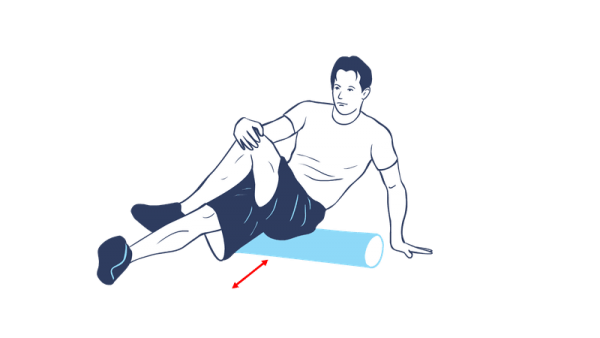
Foam roll glutes, you can also use a spiky ball
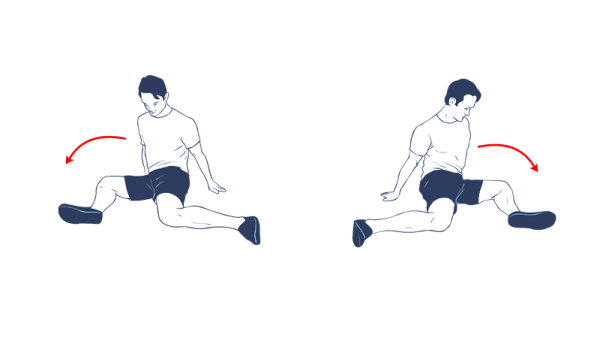
90 90 hip mobility drills, fantastic for taking the hips through that all important internal rotation range
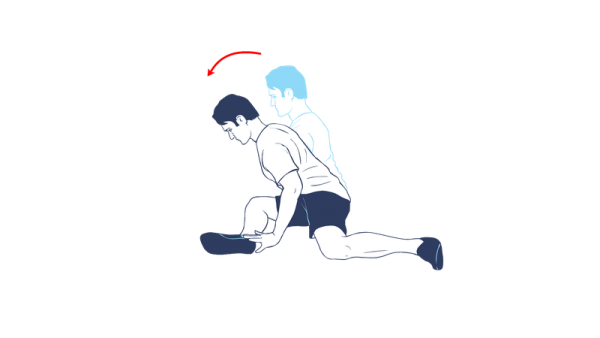
90 90 Glute Stretch – great for tight glutes / hips
Area 2 – Thoracic Spine (mid to upper back)
Having sufficient rotation in our thoracic spine to both left and the right is extremely important. The thoracic spine has significantly greater rotational capabilities compared to the lumbar spine (low back). If we maximise our mobility here, we can help protect the lower back, along with the cervical spine (neck).
Suggested Exercises – Thoracic Mobility
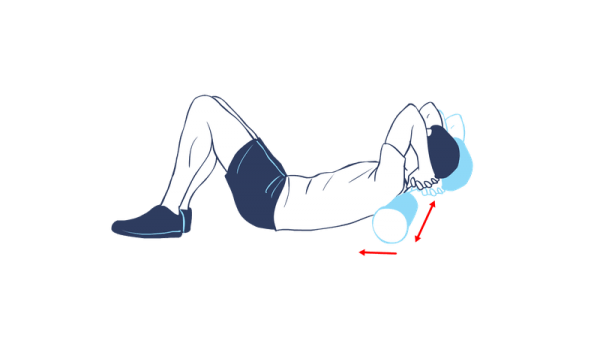
Foam rolling mid / upper back
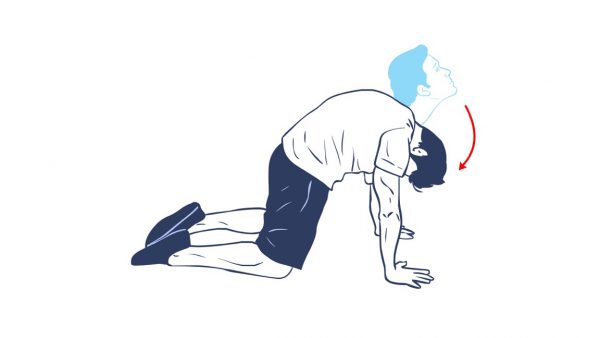
Cat / Camel – working the T-Spine through flexion and extension
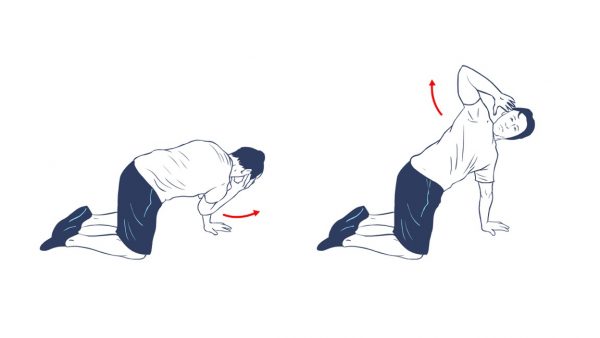
Reach backs – working that all important T-Spine rotation
Reason 2 – Alignment and Muscle Imbalances
Imagine a car with wheel alignment issues; front wheels facing to the right and back wheels facing to the left. Not only will the tires wear out unevenly and quickly, but other areas of the car will experience more torque, load or strain and would have to work harder. The same thing happens to the lower back when we have body alignment issues above and/or below.
For example, if we have short/tight/overactive hip flexors (muscles at the front of the hips that bend our knee to our chest) on one side of the body; very common amongst golfers with low back pain. This would rotate the pelvis forward on one side, which can create a knock-on effect of imbalance throughout the body.
If the pelvis rotates in one direction, the shoulders naturally have to rotate in the opposite direction in order to maintain balance. Our low back is subsequently caught in the middle, and placed under more load, stress and strain. This imbalance can cause the low back to bend and rotate further, and more unevenly, especially in the already complex rotation and side bending context of the golf swing!
Below is a pelvic alignment technique that can help those with the afore mentioned imbalance
Reason 3 – Posture
Posture can be described as the proper alignment of the spine, with the aim of establishing three natural curves (low back, mid/upper back and neck).
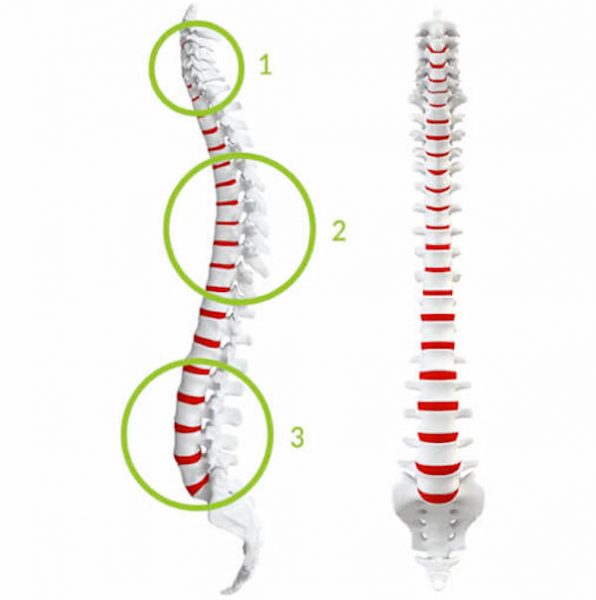
The 3 major spinal curves – 1-Cervical, 2 – Thoracic, 3 – Lumbar
Modern lifestyles and the associated muscle imbalances have pushed and pulled our spines away from those three natural curves, and this had a damaging effect on our spinal health. Our backs are designed to function optimally from the neutral illustrated above, and the further we get away from it, the more stress we put on our protective spinal structures.
Aside from promotion of pain, poor posture also does terrible things for our golf swings; reducing range of motion in key areas (hips, mid back and shoulders) and creating inefficiencies in our swing action, to give us a double whammy of back pain causes.
Fortunately, re-establishing good posture is really simple and you can combine the information and exercises featured in the videos below with the mobility exercises featured in the Reason 1 section above. The equipment used in the videos is the GravityFit TPro – a favorite of ours for teaching and training posture with both elite and recreational players.
In the next installment of this article, we will cover reasons 4, 5 and 6 why golfers suffer from back pain – 4) Warming Up (or lack thereof!), 5) Core Strength and 6) Swing Faults.
If you would like to see how either Nick or Marnus can help with your golfing back pain, then check out the resources below:
Marnus Marais – marnusmarais.com
- LIKE68
- LEGIT4
- WOW0
- LOL1
- IDHT0
- FLOP2
- OB1
- SHANK5
Instruction
The Wedge Guy: The easiest-to-learn golf basic
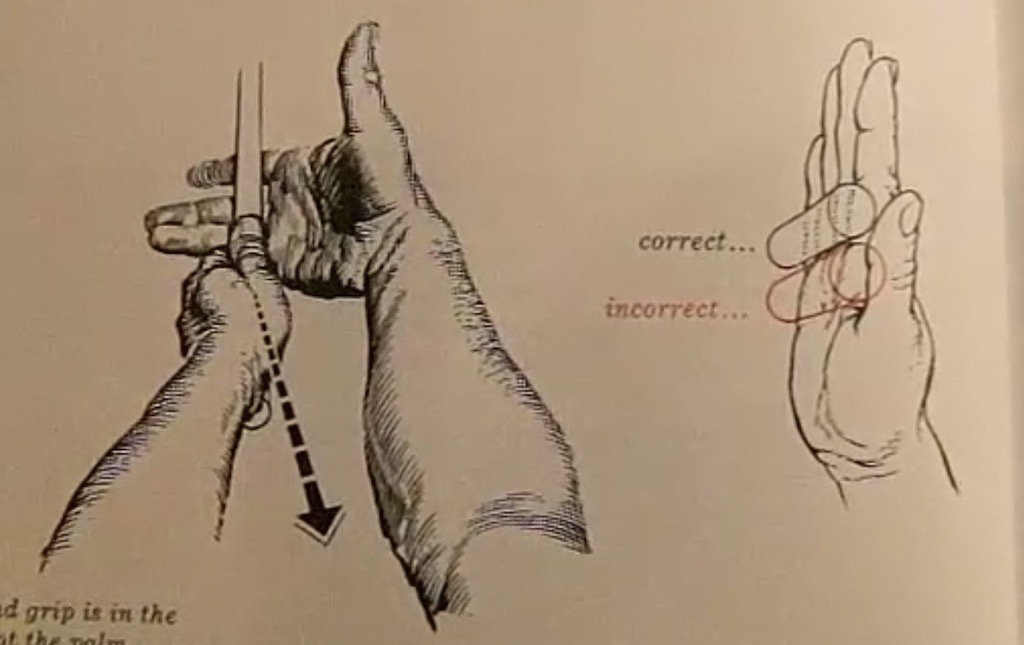
My golf learning began with this simple fact – if you don’t have a fundamentally sound hold on the golf club, it is practically impossible for your body to execute a fundamentally sound golf swing. I’m still a big believer that the golf swing is much easier to execute if you begin with the proper hold on the club.
As you might imagine, I come into contact with hundreds of golfers of all skill levels. And it is very rare to see a good player with a bad hold on the golf club. There are some exceptions, for sure, but they are very few and very far between, and they typically have beat so many balls with their poor grip that they’ve found a way to work around it.
The reality of biophysics is that the body moves only in certain ways – and the particulars of the way you hold the golf club can totally prevent a sound swing motion that allows the club to release properly through the impact zone. The wonderful thing is that anyone can learn how to put a fundamentally sound hold on the golf club, and you can practice it anywhere your hands are not otherwise engaged, like watching TV or just sitting and relaxing.
Whether you prefer an overlap, interlock or full-finger (not baseball!) grip on the club, the same fundamentals apply. Here are the major grip faults I see most often, in the order of the frequency:
Mis-aligned hands
By this I mean that the palms of the two hands are not parallel to each other. Too many golfers have a weak left hand and strong right, or vice versa. The easiest way to learn how to hold the club with your palms aligned properly is to grip a plain wooden ruler or yardstick. It forces the hands to align properly and shows you how that feels. If you grip and re-grip a yardstick several times, then grip a club, you’ll see that the learning curve is almost immediate.
The position of the grip in the upper/left hand
I also observe many golfers who have the butt of the grip too far into the heel pad of the upper hand (the left hand for right-handed players). It’s amazing how much easier it is to release the club through the ball if even 1/4-1/2″ of the butt is beyond the left heel pad. Try this yourself to see what I mean. Swing the club freely with just your left hand and notice the difference in its release from when you hold it at the end of the grip, versus gripping down even a half inch.
To help you really understand how this works, go to the range and hit shots with your five-iron gripped down a full inch to make the club the same length as your seven-iron. You will probably see an amazing shot shape difference, and likely not see as much distance loss as you would expect.
Too much lower (right) hand on the club
It seems like almost all golfers of 8-10 handicap or higher have the club too far into the palm of the lower hand, because that feels “good” if you are trying to control the path of the clubhead to the ball. But the golf swing is not an effort to hit at the ball – it is a swing of the club. The proper hold on the club has the grip underneath the pad at the base of the fingers. This will likely feel “weak” to you — like you cannot control the club like that. EXACTLY. You should not be trying to control the club with your lower/master hand.
Gripping too tightly
Nearly all golfers hold the club too tightly, which tenses up the forearms and prevents a proper release of the club through impact. In order for the club to move back and through properly, you must feel that the club is controlled by the last three fingers of the upper hand, and the middle two fingers of the lower hand. If you engage your thumbs and forefingers in “holding” the club, the result will almost always be a grip that is too tight. Try this for yourself. Hold the club in your upper hand only, and squeeze firmly with just the last three fingers, with the forefinger and thumb off the club entirely. You have good control, but your forearms are not tense. Then begin to squeeze down with your thumb and forefinger and observe the tensing of the entire forearm. This is the way we are made, so the key to preventing tenseness in the arms is to hold the club very lightly with the “pinchers” — the thumbs and forefingers.
So, those are what I believe are the four fundamentals of a good grip. Anyone can learn them in their home or office very quickly. There is no easier way to improve your ball striking consistency and add distance than giving more attention to the way you hold the golf club.
More from the Wedge Guy
- The Wedge Guy: Golf mastery begins with your wedge game
- The Wedge Guy: Why golf is 20 times harder than brain surgery
- The Wedge Guy: Musings on the golf ball rollback
- LIKE85
- LEGIT13
- WOW6
- LOL1
- IDHT0
- FLOP4
- OB1
- SHANK8
Instruction
Clement: Stop ripping off your swing with this drill!
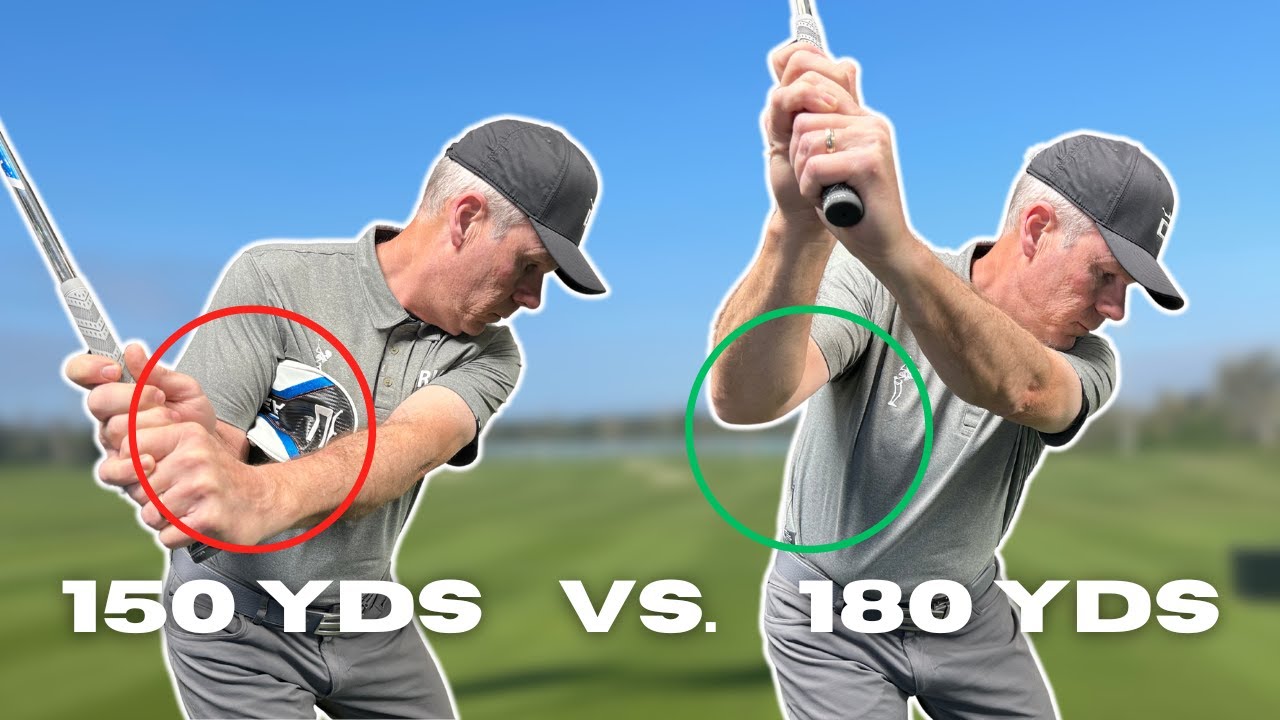
Not the dreaded headcover under the armpit drill! As if your body is defective and can’t function by itself! Have you seen how incredible the human machine is with all the incredible feats of agility all kinds of athletes are accomplishing? You think your body is so defective (the good Lord is laughing his head off at you) that it needs a headcover tucked under the armpit so you can swing like T-Rex?
- LIKE0
- LEGIT2
- WOW2
- LOL0
- IDHT0
- FLOP0
- OB0
- SHANK2
Instruction
How a towel can fix your golf swing
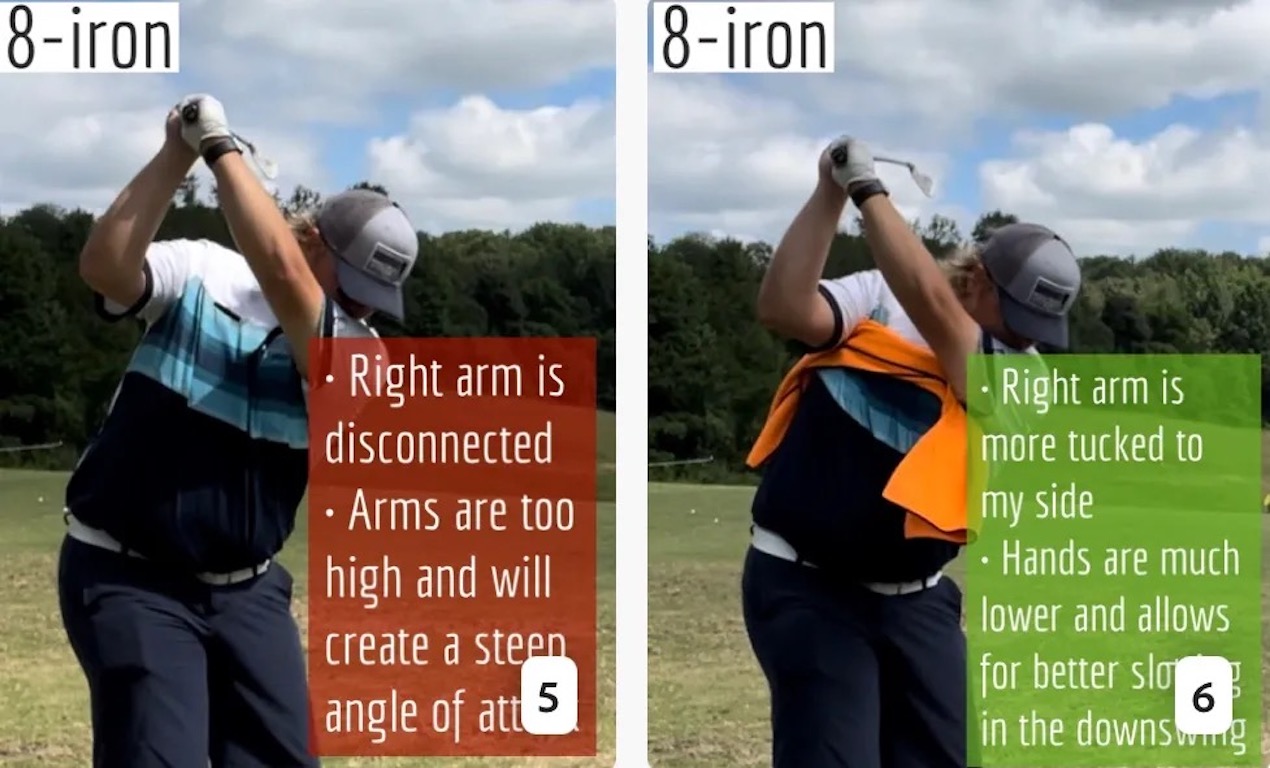
This is a classic drill that has been used for decades. However, the world of marketed training aids has grown so much during that time that this simple practice has been virtually forgotten. Because why teach people how to play golf using everyday items when you can create and sell a product that reinforces the same thing? Nevertheless, I am here to give you helpful advice without running to the nearest Edwin Watts or adding something to your Amazon cart.
For the “scoring clubs,” having a solid connection between the arms and body during the swing, especially through impact, is paramount to creating long-lasting consistency. And keeping that connection throughout the swing helps rotate the shoulders more to generate more power to help you hit it farther. So, how does this drill work, and what will your game benefit from it? Well, let’s get into it.
Setup
You can use this for basic chip shots up to complete swings. I use this with every club in my bag, up to a 9 or 8-iron. It’s natural to create incrementally more separation between the arms and body as you progress up the set. So doing this with a high iron or a wood is not recommended.
While you set up to hit a ball, simply tuck the towel underneath both armpits. The length of the towel will determine how tight it will be across your chest but don’t make it so loose that it gets in the way of your vision. After both sides are tucked, make some focused swings, keeping both arms firmly connected to the body during the backswing and follow through. (Note: It’s normal to lose connection on your lead arm during your finishing pose.) When you’re ready, put a ball in the way of those swings and get to work.
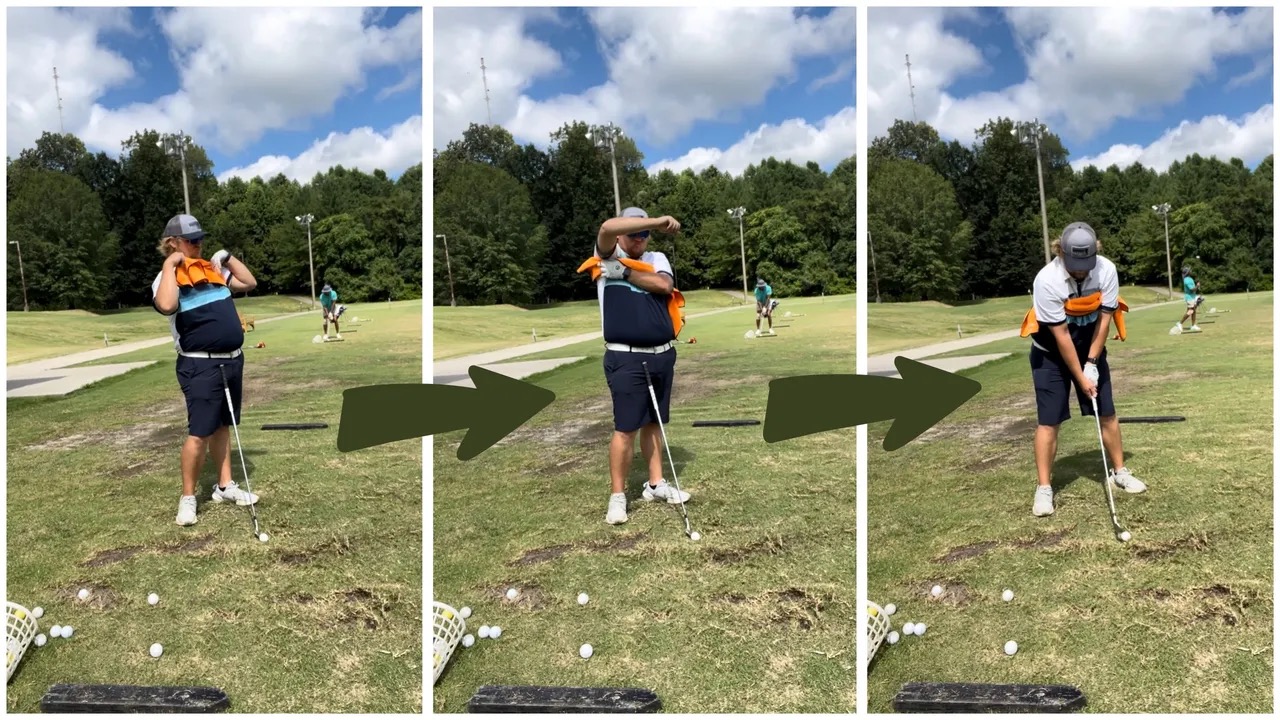
Get a Better Shoulder Turn
Many of us struggle to have proper shoulder rotation in our golf swing, especially during long layoffs. Making a swing that is all arms and no shoulders is a surefire way to have less control with wedges and less distance with full swings. Notice how I can get in a similar-looking position in both 60° wedge photos. However, one is weak and uncontrollable, while the other is strong and connected. One allows me to use my larger muscles to create my swing, and one doesn’t. The follow-through is another critical point where having a good connection, as well as solid shoulder rotation, is a must. This drill is great for those who tend to have a “chicken wing” form in their lead arm, which happens when it becomes separated from the body through impact.
In full swings, getting your shoulders to rotate in your golf swing is a great way to reinforce proper weight distribution. If your swing is all arms, it’s much harder to get your weight to naturally shift to the inside part of your trail foot in the backswing. Sure, you could make the mistake of “sliding” to get weight on your back foot, but that doesn’t fix the issue. You must turn into your trial leg to generate power. Additionally, look at the difference in separation between my hands and my head in the 8-iron examples. The green picture has more separation and has my hands lower. This will help me lessen my angle of attack and make it easier to hit the inside part of the golf ball, rather than the over-the-top move that the other picture produces.
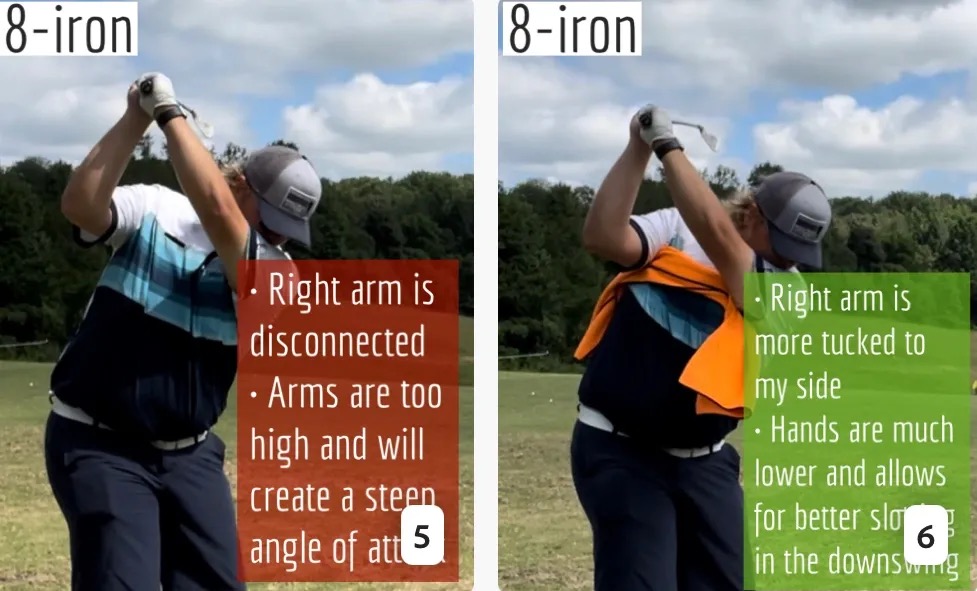
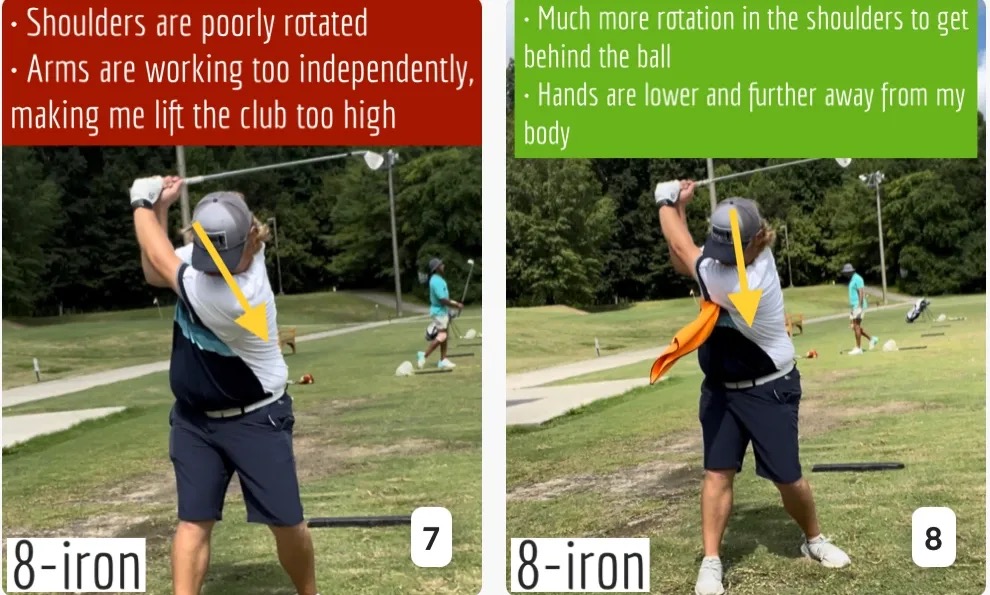
Stay Better Connected in the Backswing
When you don’t keep everything in your upper body working as one, getting to a good spot at the top of your swing is very hard to do. It would take impeccable timing along with great hand-eye coordination to hit quality shots with any sort of regularity if the arms are working separately from the body.
Notice in the red pictures of both my 60-degree wedge and 8-iron how high my hands are and the fact you can clearly see my shoulder through the gap in my arms. That has happened because the right arm, just above my elbow, has become totally disconnected from my body. That separation causes me to lift my hands as well as lose some of the extension in my left arm. This has been corrected in the green pictures by using this drill to reinforce that connection. It will also make you focus on keeping the lead arm close to your body as well. Because the moment either one loses that relationship, the towel falls.
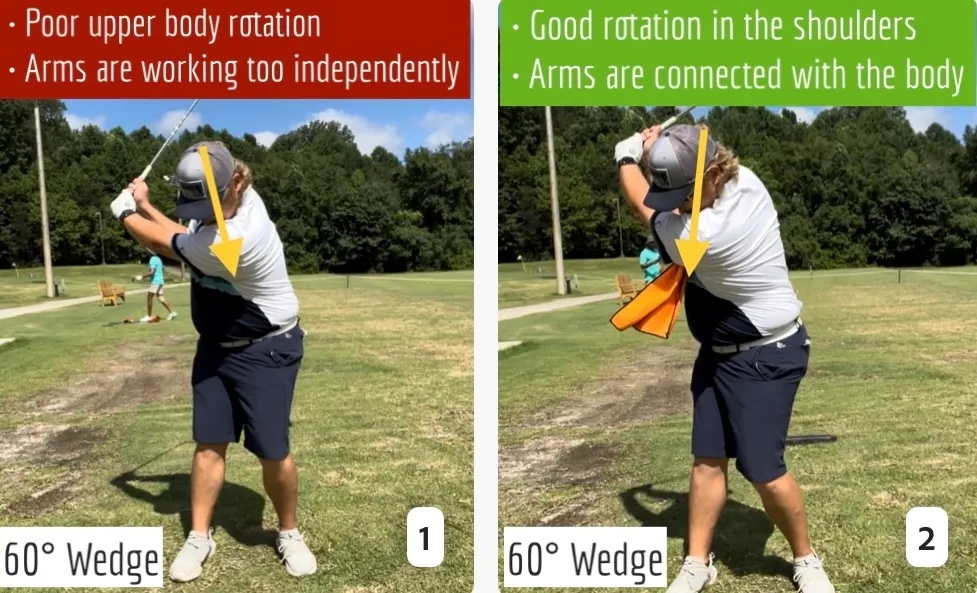
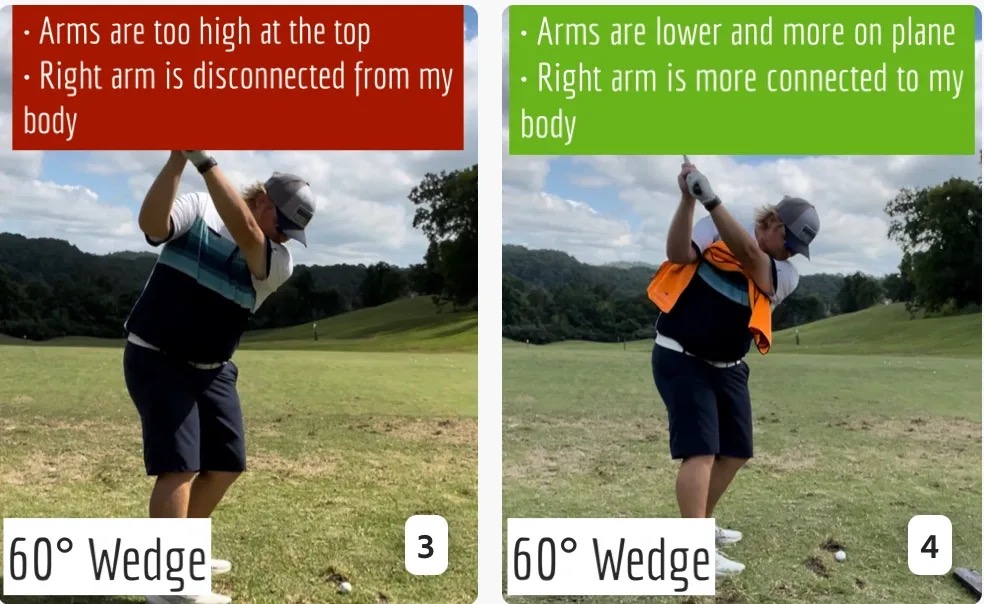
Conclusion
I have been diligent this year in finding a few drills that target some of the issues that plague my golf game; either by simply forgetting fundamental things or by coming to terms with the faults that have bitten me my whole career. I have found that having a few drills to fall back on to reinforce certain feelings helps me find my game a little easier, and the “towel drill” is most definitely one of them.
- LIKE12
- LEGIT2
- WOW2
- LOL0
- IDHT0
- FLOP2
- OB0
- SHANK8
-

 19th Hole1 week ago
19th Hole1 week agoDave Portnoy places monstrous outright bet for the 2024 Masters
-
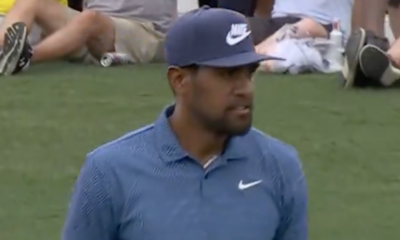
 19th Hole2 weeks ago
19th Hole2 weeks agoThings got heated at the Houston Open between Tony Finau and Alejandro Tosti. Here’s why
-
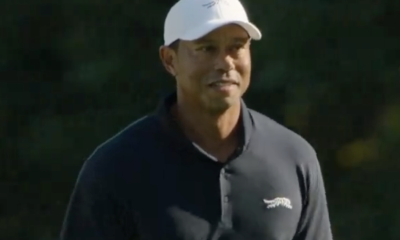
 19th Hole1 week ago
19th Hole1 week agoTiger Woods arrives at 2024 Masters equipped with a putter that may surprise you
-
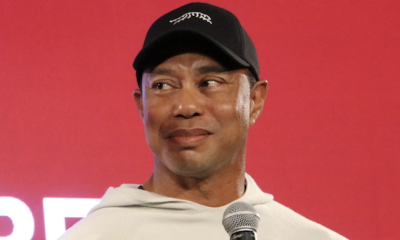
 19th Hole2 weeks ago
19th Hole2 weeks agoReport: Tiger Woods has ‘eliminated sex’ in preparation for the 2024 Masters
-
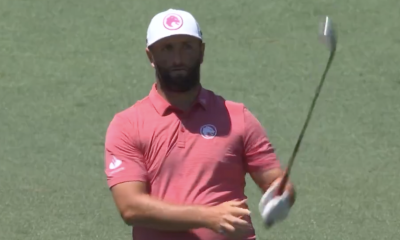
 19th Hole4 days ago
19th Hole4 days agoTwo star names reportedly blanked Jon Rahm all week at the Masters
-

 19th Hole3 days ago
19th Hole3 days agoNeal Shipley presser ends in awkward fashion after reporter claims Tiger handed him note on 8th fairway
-
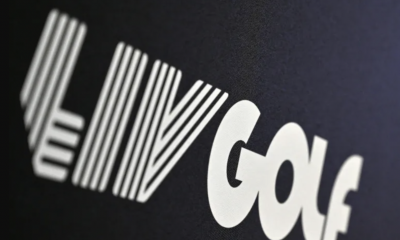
 19th Hole2 days ago
19th Hole2 days agoReport: LIV Golf identifies latest star name they hope to sign to breakaway tour
-
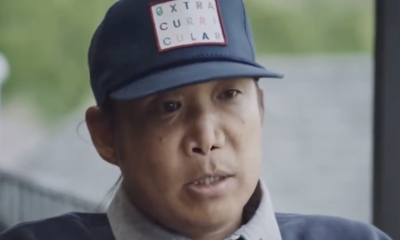
 19th Hole2 weeks ago
19th Hole2 weeks agoAddiction, spinal fusion, and scam artists – Everything Anthony Kim revealed in candid interview with David Feherty



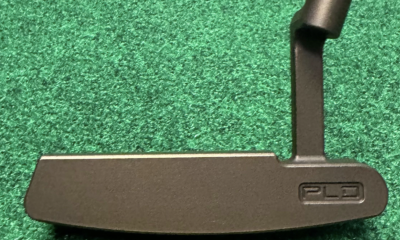

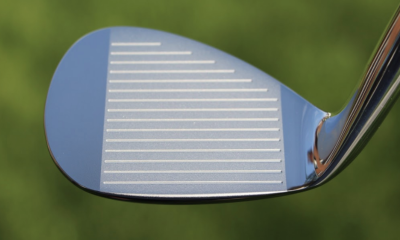

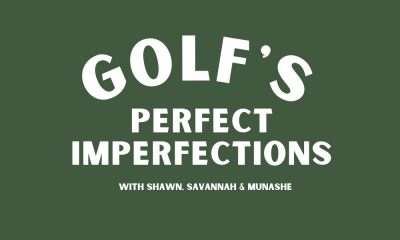

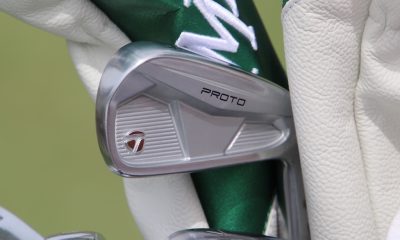










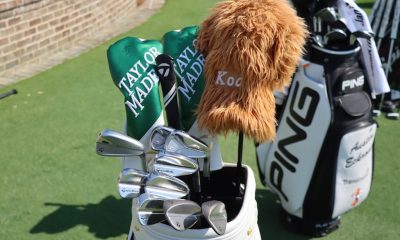

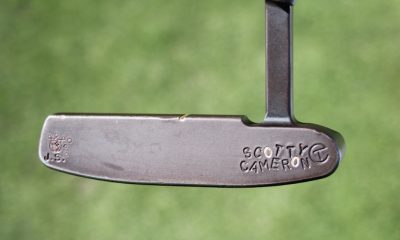

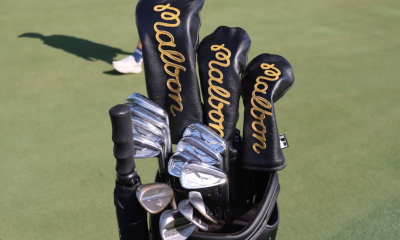

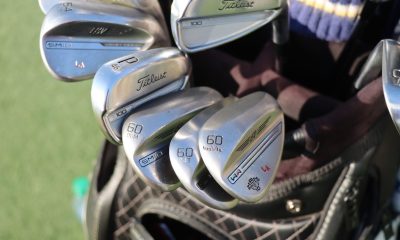

rybo
Oct 15, 2019 at 8:47 am
Missed reason #4
Golf shoes have become like slippers with virtually no support. No one was meant to walk 6+ miles in slippers. Hips and knees are taking a pounding, which translates into the back taking on added stress.
Mike
Oct 14, 2019 at 9:51 pm
Matt Kuchar sucks big donkey.
Robin
Oct 14, 2019 at 6:04 pm
I had a metal on metal hip replacement in my 40s due to a military accident.
I have had 4 more sense on the same left leg.
Now I’m 56 and can barely walk now. So It’s best to avoid surgeon, and exercise now while you can before you can’t.
Bob Jones
Oct 14, 2019 at 5:19 pm
Read this somewhat technical, but comprehensive article from Spine Journal
http://therecreationalgolfer.com/blog/wp-content/uploads/2018/06/2-The-lumbar-spine-and-low-back-pain-in-golf-etc.pdf
Kim Chee
Oct 14, 2019 at 5:07 pm
One of the few worthwhile articles I’ve read on this website in a while.